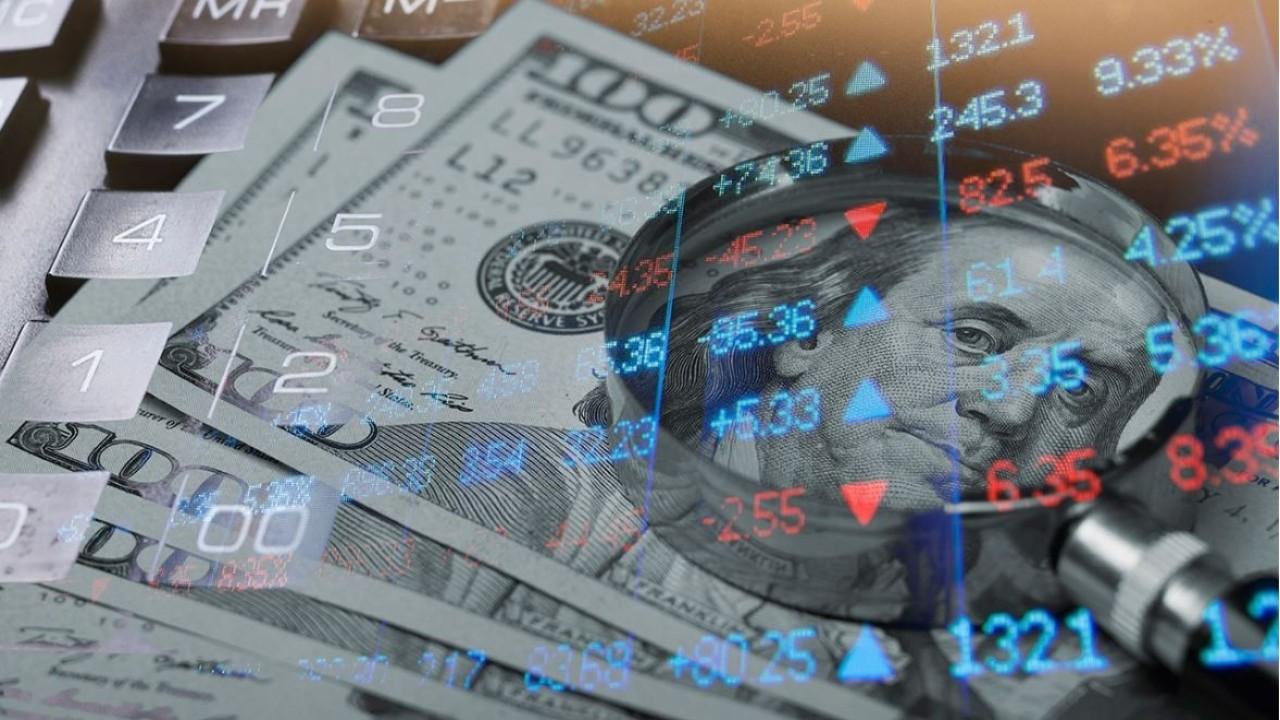Many Major U.S. stock market indices have enjoyed strong rebounds from their mid-March lows and are now closing in on their all-time highs. This includes the S&P 500, which rose by more than 5% in July and is approaching its all-time high of 3,393, which occurred on Feb. 19 of this year. Outside of this past April, when it rose by about 18%, that is the best monthly performance for the index year to date.
This rebound has some investors asking if the stock market is now considered richly priced and whether it is time to decrease their portfolio exposure to stocks. If you sell some of your investments, what is your motivation? Where are you going to put the money? Do you have a strategy in place, or have you read a few headlines that have made you worry? If the latter is the case, did you also sell a portion of your portfolio in March when the markets were in a tailspin, only to enter the market again this summer?
Rates for certificates of deposits are generally not attractive right now and probably lag the rate of inflation. Do you feel comfortable purchasing bonds when interest rates are around all-time lows? Remember that interest rates and bond prices generally have an inverse relationship. This means interest rates would have to go lower for many bond prices to go higher.
Taxes
If you decide to sell, remember that any gains that you made with your investments will be taxable. Unless you have capital gains losses to offset your gains, you will be subject to either short or long-term capital gains taxes. Of course, there is a chance that tax rates could be different next year with the November elections looming.
The decision to sell is typically not as clear as trying to identify whether there is a better investment alternative.
Fear of Missing Out
Generally speaking, the more disruptive a company is, the more it has been rewarded this year. This is evidenced by the SPDR FactSet Innovative Technology ETF, which was up about 40% as of the end of July. That compares favorably with the S&P 500. Companies that are well-positioned to help people work from home have benefited greatly.
All these gains aside, didn’t it feel as if there was a certain degree of fear of missing out experienced by some investors last month?
For example, by July 13, Tesla gained more than 32% in July. Then there was Eastman Kodak, which went from roughly $2 per share to a high of $60 per share in two days at the beginning of August. The stock price has since reversed course though, as there have been reports of potential insider trading with Eastman Kodak. This showcases the risks involved when investing without a strategic plan.
Kudos to anyone who was able to invest before those upside breakouts, but rarely does the common investor identify such opportunities. Investor theory shows that investors become euphoric at exactly the wrong time, which is near market tops. For those who purchased individual stocks near their July highs, the tough question becomes, how do these individual stocks fit into your portfolio now?
When people invest and lose money, the worry becomes how permanent those investing scars will be.
Have they lost confidence in the markets? The goal of return on capital can change to the goal of a return of principal. This could turn into missing future investment opportunities and having long-term goals that sometimes do not get reached.












